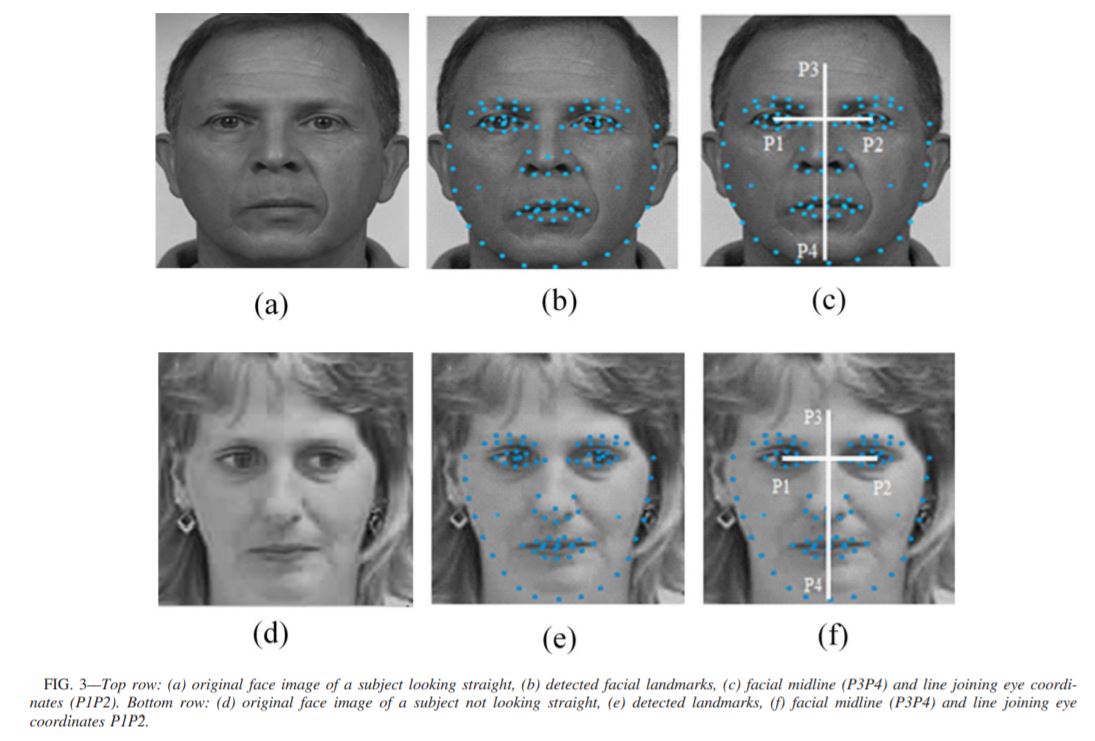Abstract:
Face recognition aims to establish the identity of a person based on facial characteristics. On the other hand, age group estimation is the automatic calculation of an individual’s age range based on facial features. Recognizing age-separated face images is still a challenging research problem due to complex aging processes involving different types of facial tissues, skin, fat, muscles, and bones. Certain holistic and local facial features are used to recognize age-separated face images. However, most of the existing methods recognize face images without incorporating the knowledge learned from age group estimation. In this paper, we propose an age-assisted face recognition approach to handle aging variations. Inspired by the observation that facial asymmetry is an age-dependent intrinsic facial feature, we first use asymmetric facial dimensions to estimate the age group of a given face image. Deeply learned asymmetric facial features are then extracted for face recognition using a deep convolutional neural network (dCNN). Finally, we integrate the knowledge learned from the age group estimation into the face recognition algorithm using the same dCNN. This integration results in a significant improvement in the overall performance compared to using the face recognition algorithm alone. The experimental results on two large facial aging datasets, the MORPH and FERET sets, show that the proposed age group estimation based on the face recognition approach yields superior performance compared to some existing state-of-the-art methods.
Keywords: forensic science, facial asymmetry, temporal variations, age group estimation, age-separated face images, support vector machine, identification, verification


